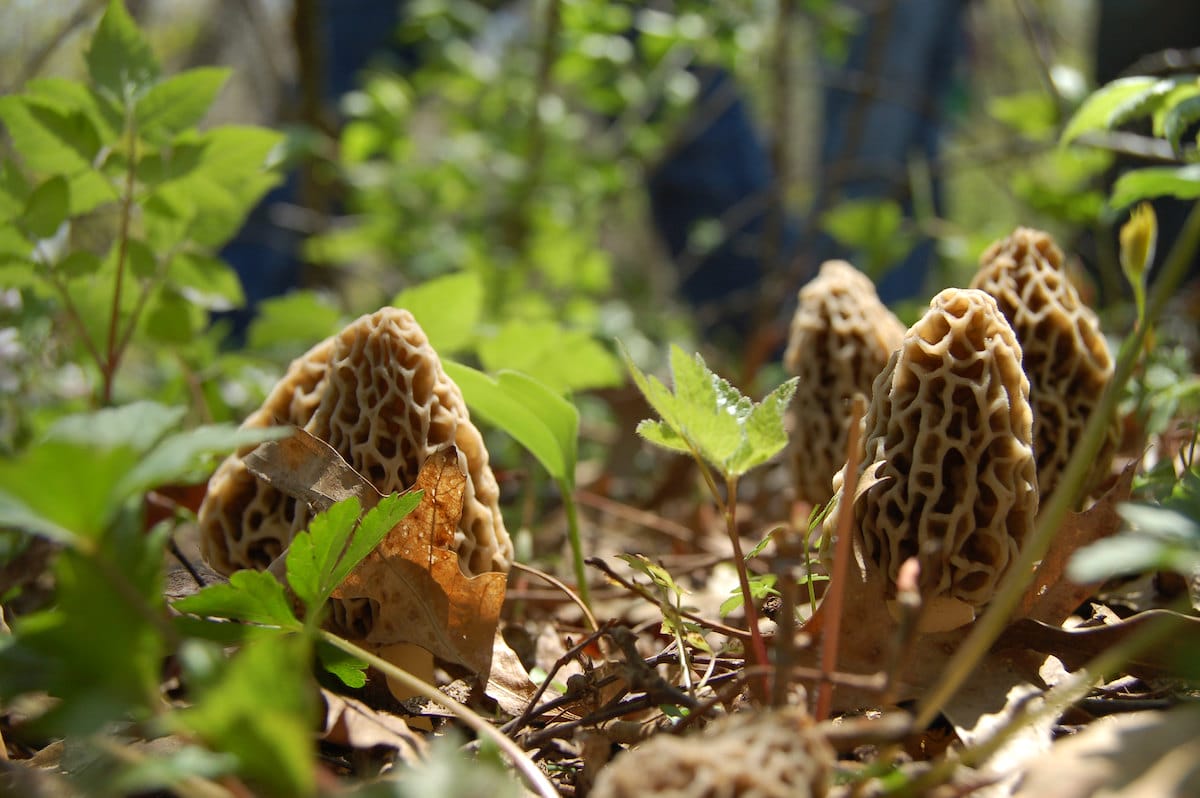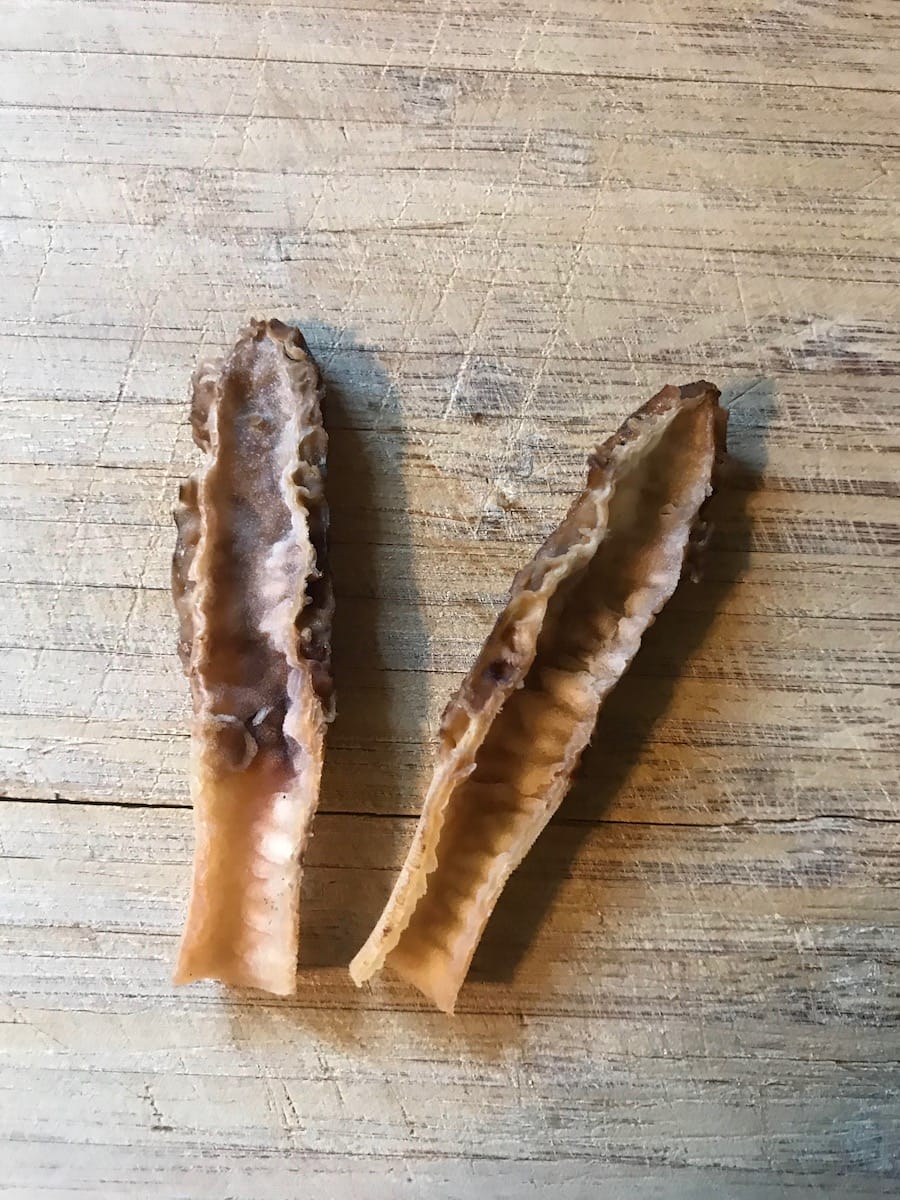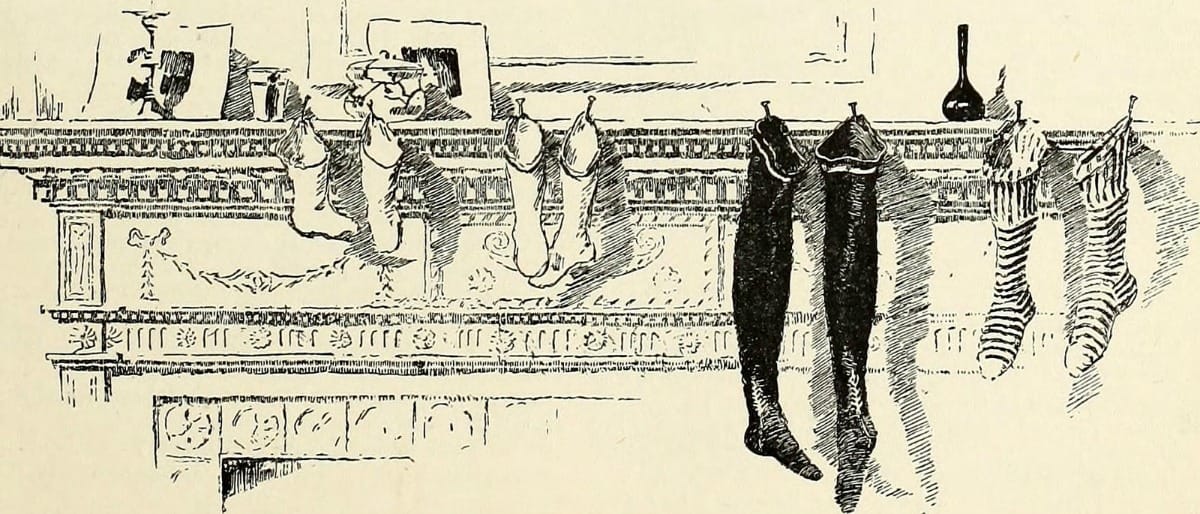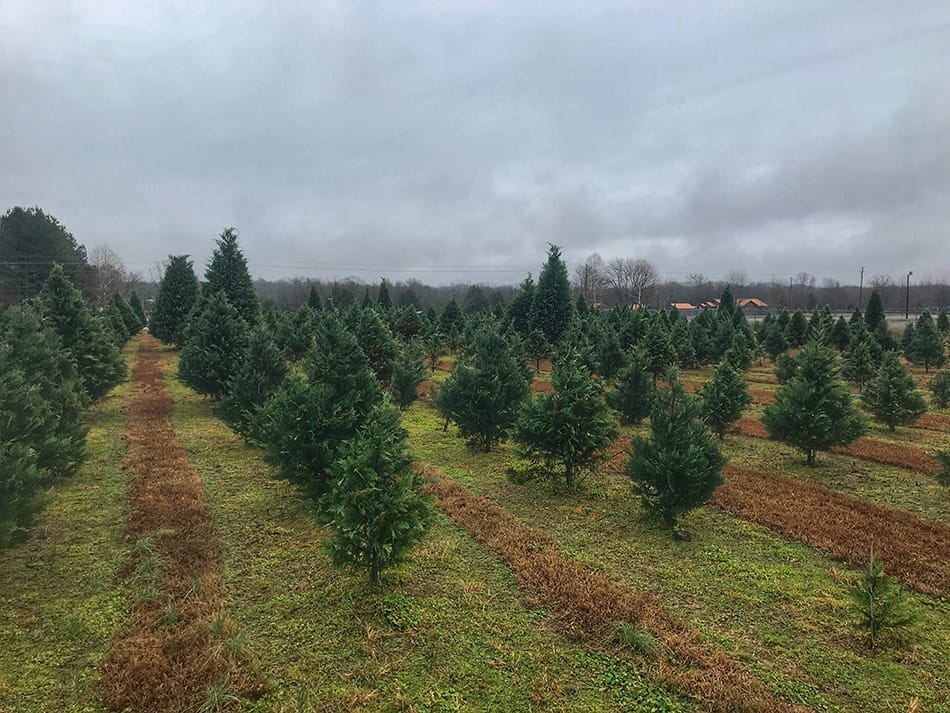

Uh oh...
It appears that you're using a severely outdated version of Safari on Windows. Many features won't work correctly, and functionality can't be guaranteed. Please try viewing this website in Edge, Mozilla, Chrome, or another modern browser. Sorry for any inconvenience this may have caused!
Read More about this safari issue.

There is a world of wonder right in Arkansas backyards that you might be taking for granted. In many places, without even getting into a car, you can walk into the woods and right along with finding native trees and plants, discover the amazing morel mushroom.

Is it Safe to Eat Wild Mushrooms?
In most cases, unless you are a mycologist or well-trained forager, eating wild mushrooms is not advised. Certain mushrooms can make you very sick, and some edible mushrooms also have poisonous lookalikes. Morels are considered distinctive by experienced foragers and not easily confused with other mushroom species. When you cut a morel in half, it has a hollow stem from the ground to the top of the cap.
If you are not sure, check your findings in Facebook groups like Arkansas Morel Hunters before eating anything, and if you are not certain of a mushroom’s identity, use it as a photo opportunity rather than a meal.

Where Can I Hunt for Morels?
Hunting and foraging for food should always be done with permission on private land. Many local parks have rules that prevent foraging. In Arkansas, the state parks and national forests require you to have a permit, so you should always contact their offices before attempting to hunt for morels or other wild edibles.
When I found my first morel two springs ago, even my husband, who refuses to eat them, caught my contagious excitement and couldn’t wait to go foraging. We’ve since located several spots that keep us well-stocked in this delicacy all spring. If you want to explore for mushrooms, you’ll likely have to find your own spot. You’d be hard-pressed to find any serious forager, I included, willing to give up their location.
Also called “Morchella,” morel mushrooms are a rare treasure found only in the spring months. They are difficult to cultivate, and with a short growing season, fresh morels can fetch prices of around $20 per pound. In most cases, individuals interested in feasting on these earthy treats must hunt for them in the woods.
Morels aren’t impossible to find, but you have to know what you are looking for and where your best chances are for locating them. Before you head out, immerse yourself in images of morel mushrooms. Look at pictures of morels in the woods, buried under leaves and peeking out from the earth. If you know what they look like and how they like to camouflage themselves, they are much easier to spot.

Tips for Finding Morel Mushrooms in Arkansas
- Look at the right time. Morel hunters are anxious to find their first mushroom of the season, but you can’t rush nature. The typical morel season in Arkansas is from mid-March through April.
- Look in the right place. Morels grow in the forest or right along the tree line. You’re not likely to find a morel in an open field or too far from the cover of trees.
- Look near the right trees. Mushrooms are almost always associated with trees. They seem to favor sycamore, elm, hickory and ash. They also like to grow near trees that have recently died. If your forest land is primarily pine, you probably won’t have any luck.
- Look in the right weather. Moisture means more mushrooms. Wet weather will lead to better finds, but along with that moisture, mushrooms need warmth. Consistent nighttime temperature in the 50s combined with a mix of sun and spring rain creates the ideal conditions.
- Look in the right direction. Because weather conditions must be perfect, early hunters should focus on westward and southern-facing slopes for the best luck.
Nature Signs
Nature provides signs that morels are about to start appearing. Of course, each seasoned hunter will likely have noticed their own nature clues. While none of these visible clues are proven, they can lead you in the right direction:
- patches of grass, may apples, or other native vegetation
- oak leaves the size of a squirrel’s ears
- dandelions everywhere
If you are an experienced mycologist or forager, these tips can help you with the adventure of collecting and eating morels:
- Do not mix morels with other mushroom species when collecting.
- Avoid morels that look old, rotten or have discoloration.
- Use a basket or a mesh bag to collect morels; they will spoil very quickly in plastic.
- Rinse your morels in a bowl of fresh water to remove dirt and bugs. You may even find small slugs on morels which should be picked off. Some people swear by soaking morels in saltwater overnight, but I have never found it necessary.
- Always cook morels. They are not safe to eat raw.

How to Cook Morels
Morels can be used in pasta sauces, risottos, deep-fried, sliced onto pizza, or cooked with scrambled eggs. My favorite way to enjoy morels is to sauté them in butter following this recipe:
- morel mushrooms
- 2 tablespoons butter
- minced garlic or shallot (optional)
- splash of soy sauce (optional)
- fresh herbs (optional)
Wash morels and slice them lengthwise. Heat a cast-iron skillet over medium heat. Add the butter and garlic or shallot (if using) and sauté until just tender. Add the mushrooms and sauté five to seven minutes until they are cooked through and just starting to brown on the edges. Finish with a splash of soy sauce to kick up the umami flavors. For added richness, add another pat of butter just before serving and sprinkle with fresh herbs.
What Else Can Be Found in Arkansas?
Arkansas’s forests and lakes are full of wonderful treats if you know what you are looking for. Check out these articles for more tips and tricks of finding food in nature.
The Surprisingly Exciting World of Mushroom Foraging
10 Wild Edible Plants in Arkansas
Cover photo by George P. Macklin. CC by SA 2.0 via Flickr
Join the Conversation
Leave a Comment
4 responses to “Finding the Elusive Morel Mushroom”
 Leave a Reply
Leave a Reply
We do the work.
You check your email.
Sign up for our weekly e-news.
Get stories sent straight to your inbox!













 Leave a Reply
Leave a Reply
Love your writing Julie.
There are no such permits in Arkansas. Foraging permits simply do not exist here and you can’t get one. Forest Service rangers have always allowed people to pick mushrooms in the National Forests in Arkansas.
[…] you learn as much as you can before you head as not to pick one that will make you sick. Go to Only in Ark to find out […]
Do they grow down here around Hot Springs?